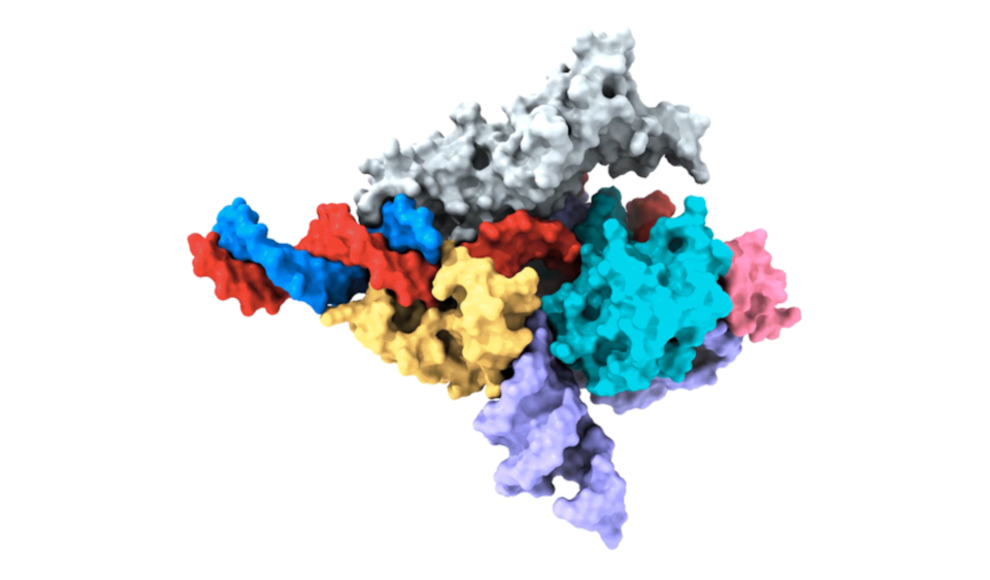Scientists have discovered a new gene-editing tool that is more precise and avoids side effects. The tool is based on Fanzor proteins, which are found in eukaryotic organisms, including humans. The new gene-editing tool uses RNA as a guide to precisely find and cut the desired location in the DNA. The Fanzor proteins were discovered using the RNA-guided system OMEGA, which was previously found in prokaryotes, such as bacteria. The Fanzor proteins are the first gene-editing tool discovered in eukaryotes, and they have the potential to be used in genome engineering in humans.
The CRISPR/Cas gene-editing tool was discovered in 2012 and has been hailed as one of the greatest innovations in medicine. It allows for targeted modifications to the genome, which can be used to treat various diseases, including HIV. However, there are still problems with the clinical application of CRISPR/Cas, primarily with the delivery of the gene-editing tool to the desired location in the body. This can result in collateral damage to unwanted DNA segments. Despite these issues, the CRISPR/Cas tool has already been used in human treatments.
The new Fanzor gene-editing tool offers a more precise and potentially safer alternative to CRISPR/Cas. The Fanzor proteins were discovered using the RNA-guided system OMEGA, which was previously found in prokaryotes. The Fanzor proteins are the first gene-editing tool discovered in eukaryotes, and they have the potential to be used in genome engineering in humans. The Fanzor proteins use RNA as a guide to precisely find and cut the desired location in the DNA. The Fanzor gene-editing tool has the potential to be used in a wide range of applications, and its eukaryotic origin and relatively small size make it an attractive starting point for further development.










